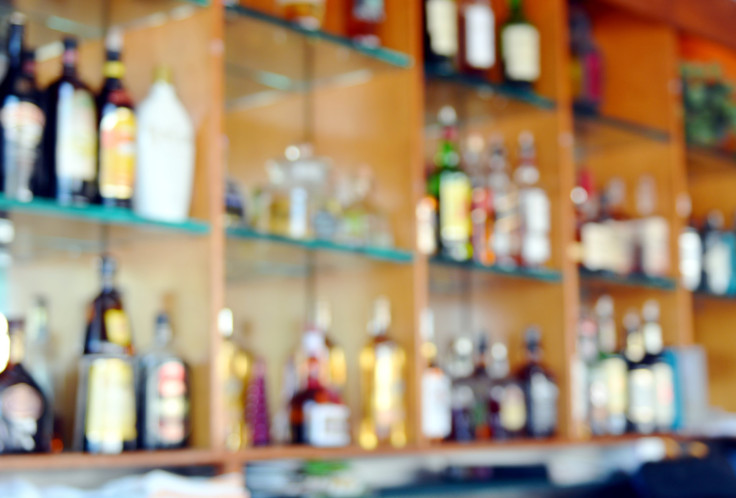Calorie Count Labels For Alcoholic Beverages: 'Invisible Calories' Cause Obesity, Expert Says

Wine with your pasta, beer with your burger, a margarita with your taco — they’re the perfect pairs for our 21-and-over palates. But after splitting a bottle of merlot with your dining partner, do you ever wonder how many calories you just consumed? One of Britain’s leading public health physicians, Dr. Fiona Sim, the chair of the Royal Society for Public Health, argued of the importance for calorie labels on alcoholic beverages and their role in the worldwide obesity epidemic.
"Most women, for example, do not realize that two large glasses of wine, containing 370 calories, comprise almost a fifth of their daily recommended energy intake, as well as containing more than the recommended daily limit of alcohol units," Sim wrote in an editorial published in the British Medical Journal. "To what extent do the calories consumed in alcohol contribute to the obesity epidemic?"
For drinking adults, more than 10 percent of their daily calories come from their alcohol, and a majority of adults have no idea just how many calories they’re drinking. When thousands of adults were asked how many calories were in common alcoholic beverages, 80 percent of them didn’t know, Sim says. People for the most part are playing pretend and drinking “invisible” calories. They’re not counting how much that 150-calorie beer or mixed drink costs their daily expenditure, letting them consume in a kind of denial.
Alcohol is a big contributor to weight gain. When it’s digested, the body realizes it can’t store alcohol, so it prioritizes metabolizing it and stops processing other fats and sugars properly. Ultimately, your whole metabolism slows, and the more you drink, the more you’re training your body to slow its processes down. Take some of these translations to heart: a glass of wine has nearly the same amount of calories of an average slice of cake. Fan of beer lager? It has about the same amount of calories as a slice of pizza, and frozen margaritas measure up to a cheeseburger.
Not only are the consumers responsible, she adds, but also the physicians who need to take the next step and start asking their patients’ drinking habits in addition to their general diet and exercise regimen. It’s difficult, though, for patients to assess their own caloric intake when they have no nutrition labels to base their count on. The European Commission is overdue in publishing a report that outlines the reasons alcoholic calories need to be counted just like any other food or non-alcoholic drink is consumed.
Thankfully, many Americans won’t have to wonder any longer. Last month, the world’s biggest distiller Diageo PLC announced it will be voluntarily labeling calorie content and other ingredient information on its products, including whisky, vodka, and beer.
Source: Sim F. Alcoholic drinks contribute to obesity and should come with mandatory calorie counts. British Medical Journal. 2015.



























